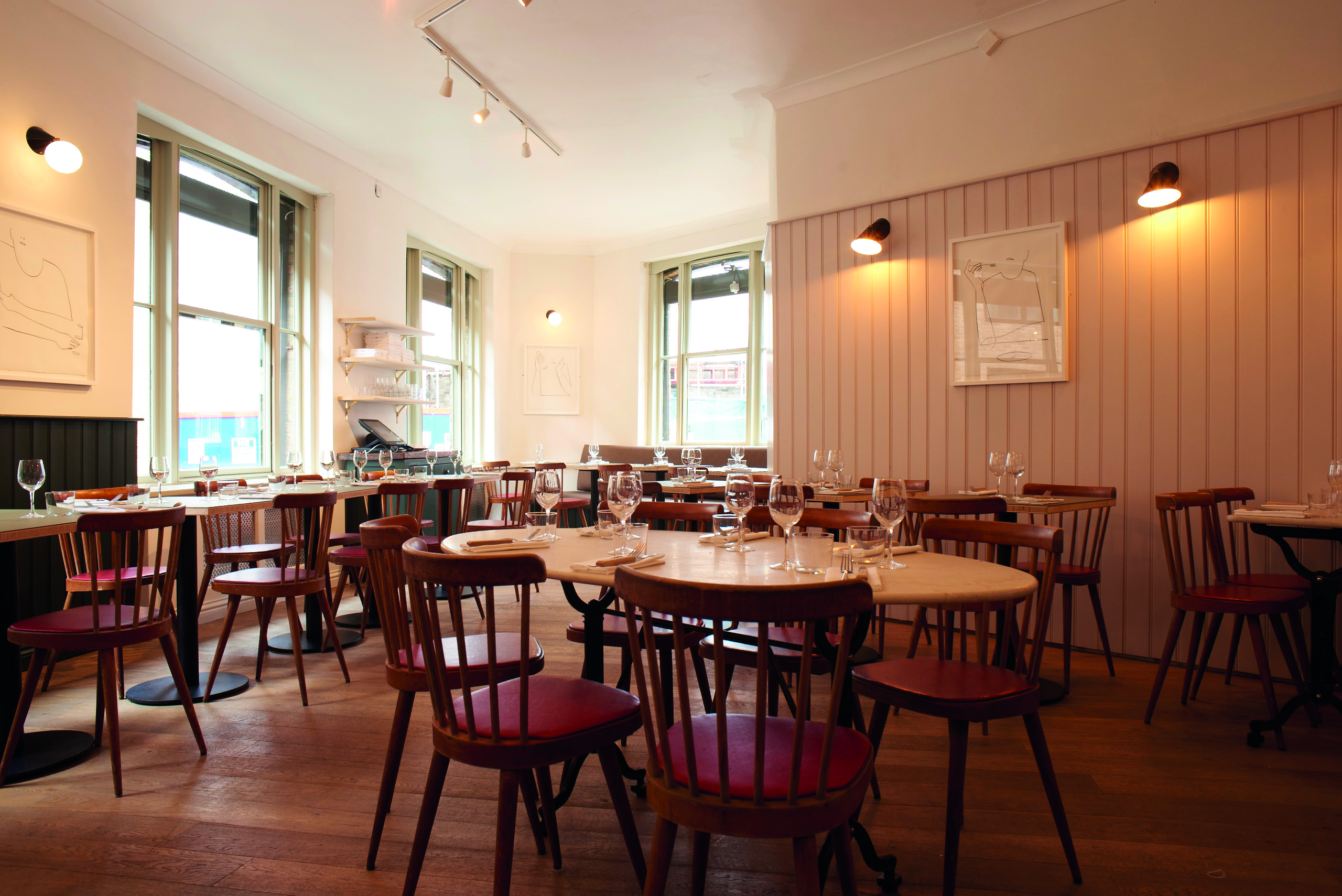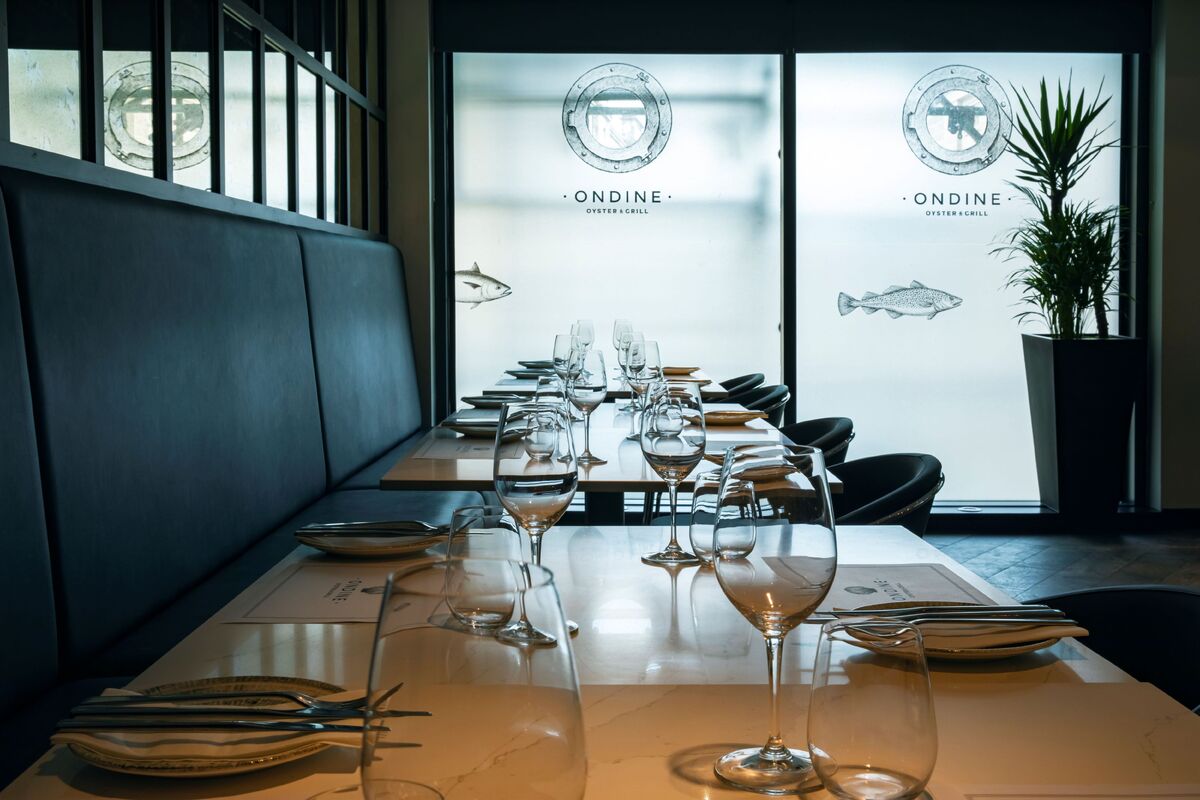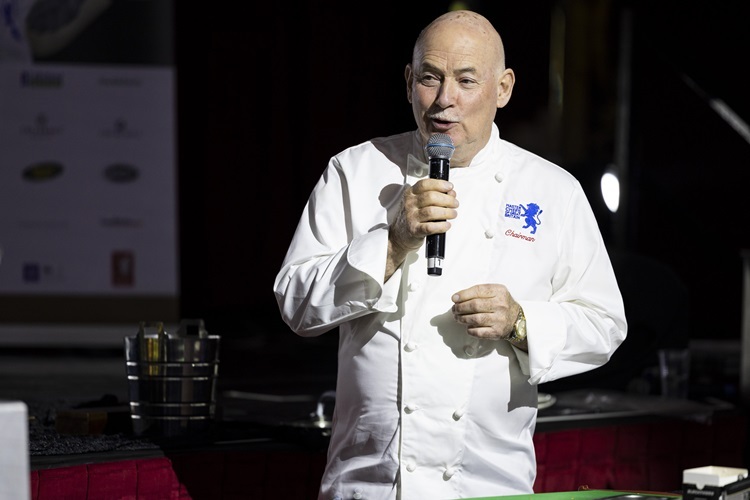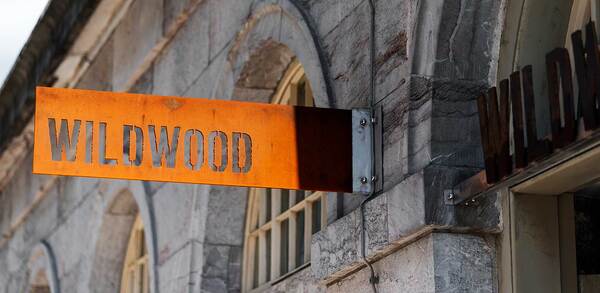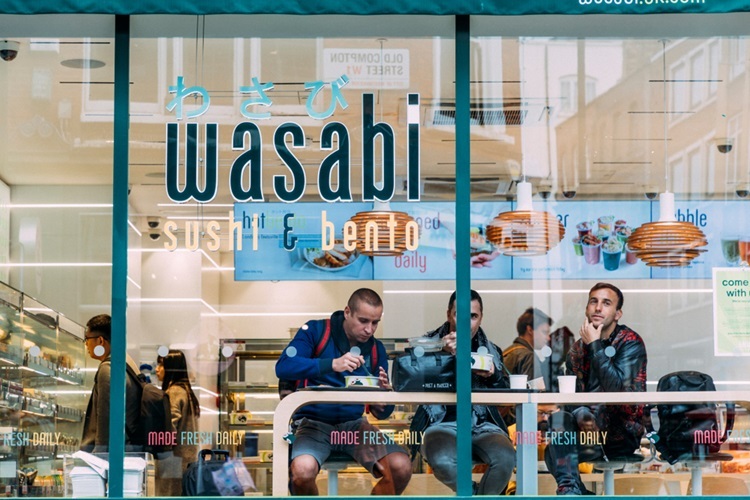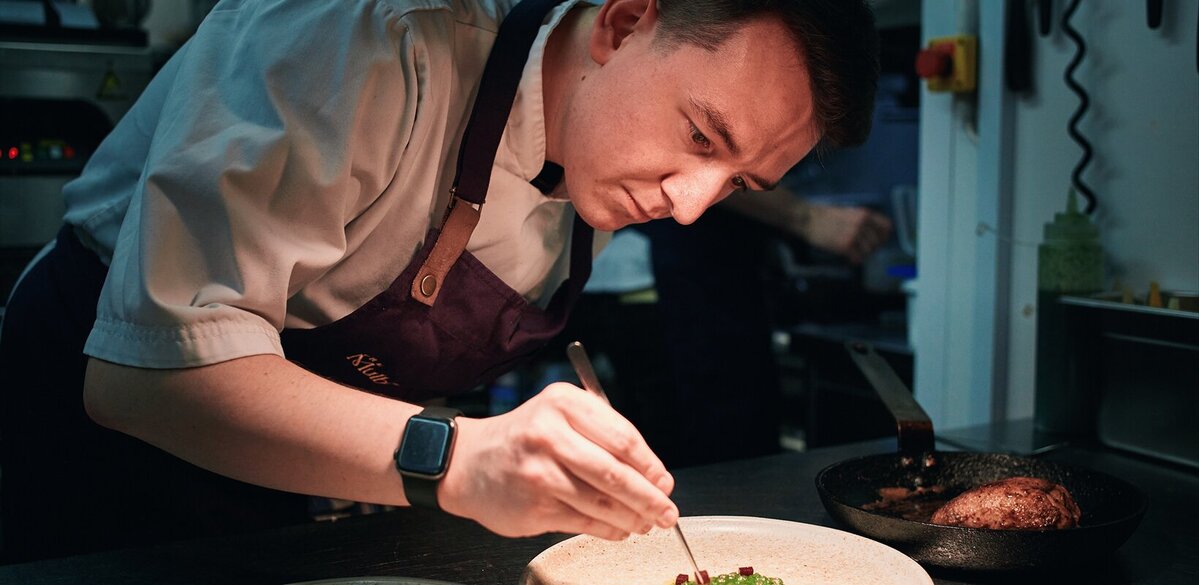Over 6,000 restaurants expected to close in the next 12 months
Accountancy firm Price Bailey said hospitality insolvencies will continue to rise as businesses struggle to access new funding.
More than one in 10 restaurants are at “imminent” risk of closure amid worsening financial positions, recent data has shown.
Accountancy firm Price Bailey revealed roughly a fifth of all 50,900 British restaurants surveyed had negative net assets on their balance sheets.
Of the 10,388 restaurants that have been deemed technically insolvent, over half (6,128) had a Delphi Risk score in the maximum risk category, which amounted to 12% of the surveyed restaurant businesses being deemed likely to default on their loans.
Price Bailey expected to see an uptick in winding up petitions and intention to dissolve notices in the next 12 months as a result of the increase in businesses in precarious financial positions.
Restaurant closures are already running at their highest level in over a decade, with a total of 1,409 UK restaurant businesses entering insolvency in 2023/24 (year ending 30 September 2024), up from 1,180 in 2022/23.
Over the past month, The Caterer has reported on the closure of Leroy in London’s Shoreditch, Craig Rogan at the Collective in Leeds and Gusto Italian in Didsbury, to name a few.
Matt Howard, head of the insolvency and recovery team at Price Bailey, said: “Unlike most other sectors of the economy, insolvencies in the hospitality sector are still rising. There has been a sharp rise in restaurants entering insolvency over the last six months and the sector’s woes look set to continue.
“More than one in 10 restaurants are technically insolvent with maximum credit risk scores, which means that roughly half of them will close in the next 12 months. These businesses will find it almost impossible to access extra funding unless the owners provide personal guarantees, which few are likely to do in the current climate.”
He added: “Uncertainty in the run-up to the Budget dented consumer confidence just when the sector was starting to feel the benefit of lower interest rates. The sharp acceleration in inflation in October may well delay further rate cuts and will act as a drag on restaurants as we approach their busiest time of the year.
“While a bumper festive season may tide struggling restaurants over into the New Year, increases in the minimum wage and national insurance from the second quarter of 2025 could sound the death knell for many.”
Howard also predicted restaurants will reduce opening hours and limit menu options to survive.




